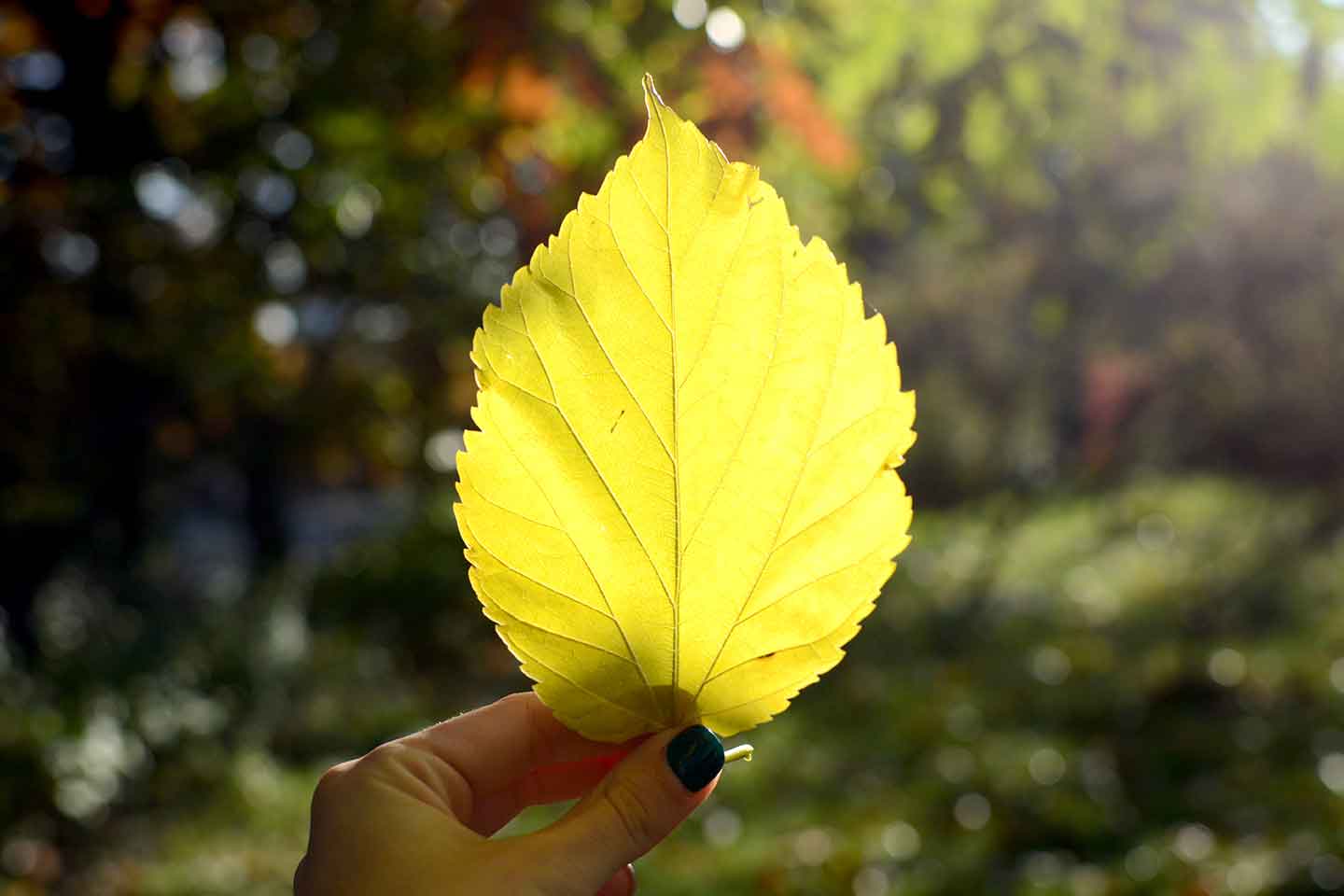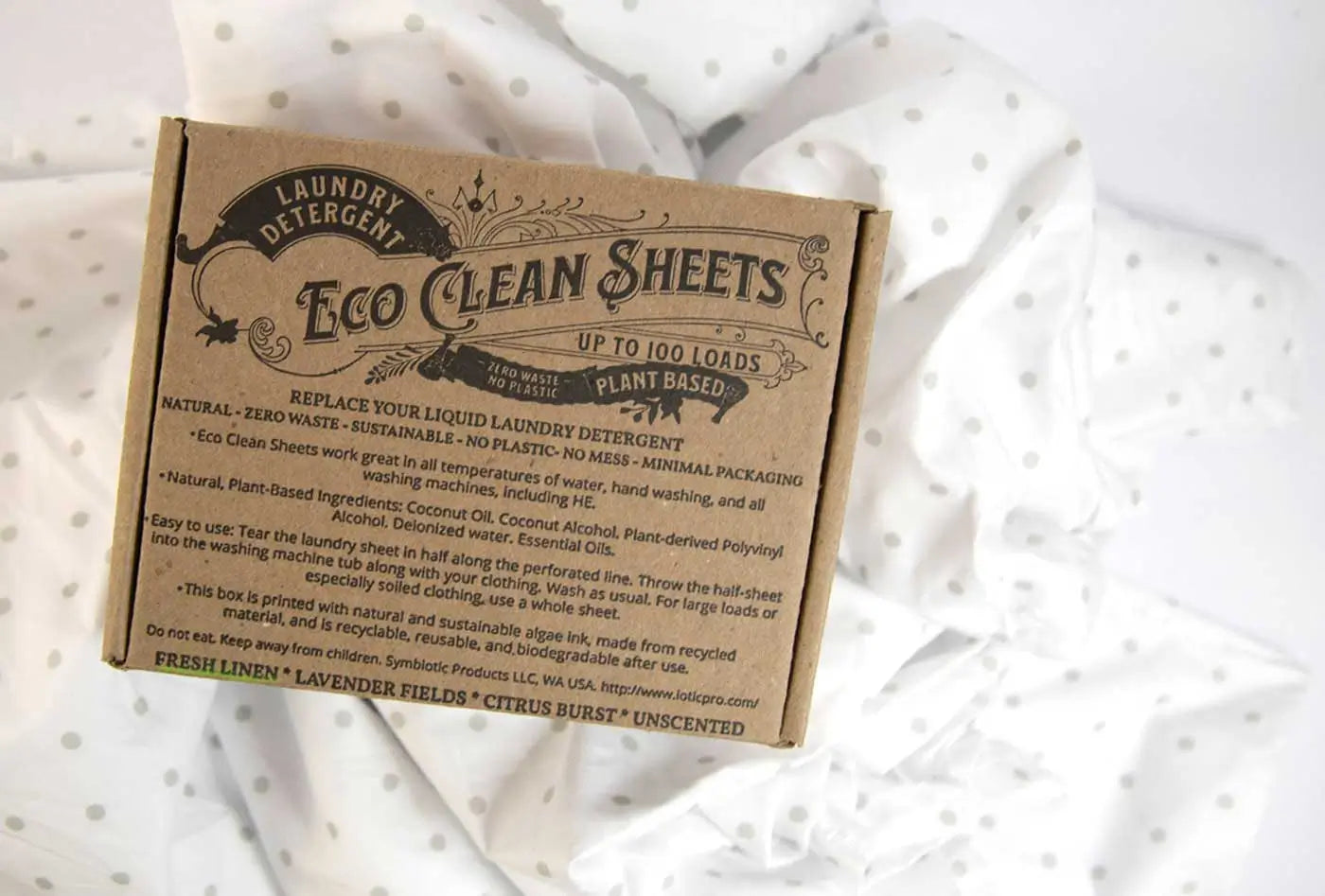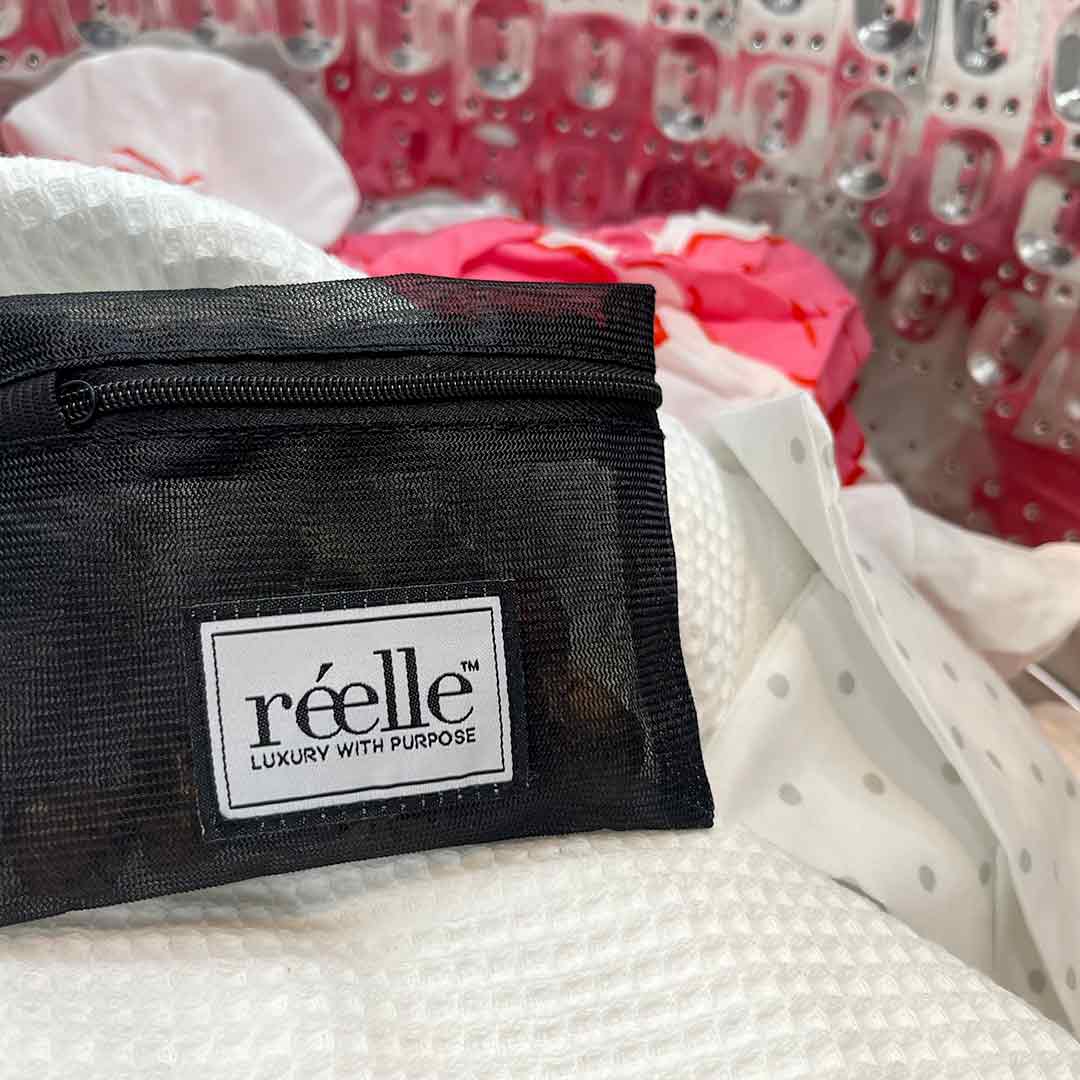1. LOHAs (Lifestyles of Health and Sustainability) OR Dark Green
Who They Are: LOHAs are the superheroes of #sustainability. Our top influential and early-adopters defining eco-consciousness consumerism traits. They live and breathe #eco-friendly practices, making it a central part of their lifestyle. These individuals are highly committed to health and sustainability in everything they do. They actively seek eco-friendly products, prioritize ethical brands, and make environmentally conscious choices consistently.
Their Habits: LOHAs often buy organic and locally sourced food, use renewable energy, and choose products with minimal environmental impact. They are likely to support ethical brands and advocate for environmental causes.
How to Improve: You're already leading the pack! Consider sharing your knowledge and passion with others to inspire more people to adopt sustainable practices.
2. Naturalites OR Medium Green
Who They Are: Naturalites are dedicated to sustainability, but their actions don't always align with their intentions. They genuinely care about the environment but sometimes find it challenging to make consistently green choices. This group shows a moderate level of environmental concern. They may choose green products occasionally but might not consistently prioritize sustainability in their purchasing decisions.
Their Habits: Naturalites try to buy eco-friendly products and make conscious choices, but convenience can sometimes get in the way. They recycle, but maybe not always, and they might still use single-use plastics occasionally.
How to Improve: Set specific, achievable goals for yourself, like reducing plastic use or committing to a certain number of meat-free days each week. Small, consistent changes can make a big difference.
3. Drifters
Who They Are: Drifters are driven by trends and what’s popular at the moment. They might buy green products when it's fashionable but don't have deeply held beliefs about sustainability. These consumers have a basic awareness of environmental issues but don’t consistently prioritize green products. They may make occasional eco-friendly choices, but it’s not a primary consideration.
Their Habits: Drifters are likely to try out the latest eco-friendly products, but their commitment can waver. They may recycle sometimes or choose green options when it's convenient or trendy.
How to Improve: Educate yourself on the importance of sustainability and try to make more consistent eco-friendly choices. Even small steps, like using a reusable water bottle or shopping at farmer's markets, can help you build greener habits.
4. Light Green Consumers "Greenies"
Who They Are: Light Green Consumers are aware of environmental issues but don't prioritize them. They might make green choices sporadically, often when it doesn't require much effort.
Their Habits: This group might recycle now and then, choose eco-friendly products if they’re on sale, or use public transport occasionally. However, sustainability isn't a primary concern in their daily lives.
How to Improve: Start with easy changes that can become habits, such as always bringing reusable bags when shopping or turning off lights when leaving a room. Gradually incorporate more green practices as these habits stick.
5. Shifting OR Non-Green Consumers
Who They Are: Non-Green Consumers aren't focused on sustainability. They might not be aware of the environmental impact of their choices or don't see it as a priority. These individuals are just beginning to show an interest in sustainability. They may experiment with green products but haven’t fully committed to adopting a consistently eco-friendly lifestyle.
Their Habits: This group tends to use a lot of single-use plastics, drive everywhere, and rarely recycle. Sustainability is not a consideration in their purchasing decisions.
How to Improve: It’s never too late to start! Begin with simple changes, like using a reusable coffee cup or learning about recycling in your area. Educate yourself on the environmental impact of your lifestyle and make small adjustments over time.
Evaluate the Environmental Impact of YOUR Lifestyle by Considering the Following Practices:
- Consumption Habits: Assess your purchasing patterns. Are you buying products with minimal packaging, made from sustainable materials, and from eco-conscious brands?
- Energy Usage: Evaluate your energy consumption at home. Are you using energy-efficient appliances, turning off lights when not needed, and considering renewable energy sources?
- Transportation Choices: Consider your modes of transportation. Opting for public transit, carpooling, biking, or driving a fuel-efficient vehicle can significantly impact your carbon footprint.
- Waste Management: Examine your waste disposal practices. Recycling, composting, and reducing single-use items contribute to a greener lifestyle.
- Water Usage: Be mindful of water consumption. Conserving water through efficient fixtures, fixing leaks promptly, and avoiding unnecessary water waste are essential.
- Food Choices: Assess your dietary habits. A plant-based diet, supporting local and sustainable agriculture, and reducing food waste contribute to a more eco-friendly lifestyle.
- Clothing and Goods: Consider the sustainability of your wardrobe and belongings. Choose clothing made from sustainable materials, support secondhand markets, and be mindful of the lifecycle of the products you buy.
- Travel Choices: Evaluate your travel habits. Opt for eco-friendly travel options, offset carbon emissions, and explore sustainable tourism practices.
Regular self-reflection on these aspects can help you as consumers make informed choices to reduce environmental impact and move toward a greener lifestyle.
No matter where you fall on the spectrum of green consumers, there's always room for improvement. Understanding your current habits and making small, sustainable changes can lead to a more eco-friendly lifestyle. Remember, every little bit helps when it comes to protecting our planet. So, which shade of green are you? Let's all strive to be a little greener every day! 🌱💚
Share this blog with your friends and family to help them discover their shade of green consumer too! Together, we can make a difference.








